The size of LCD TVs is continuously expanding, and 32-inch models are now considered outdated. As LCD TV prices drop, it's safe to say that 55-inch or even 60-inch models have become the new standard for consumers. The author believes that demand for larger screens will keep growing. Why? Let’s explore this further.
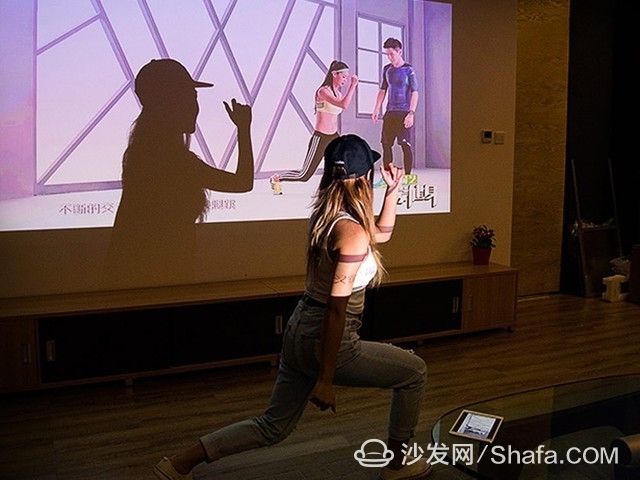
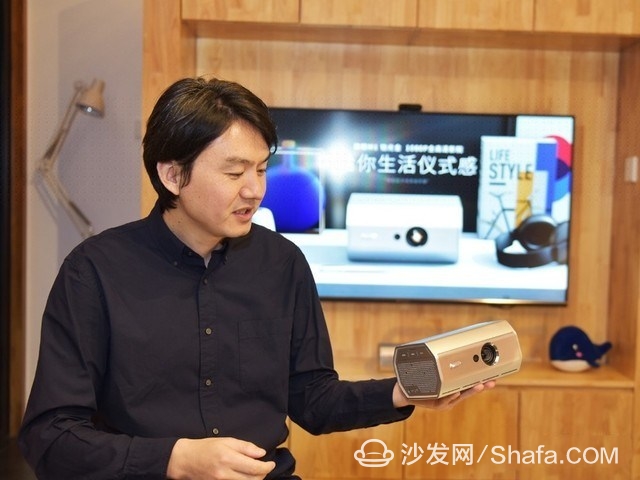
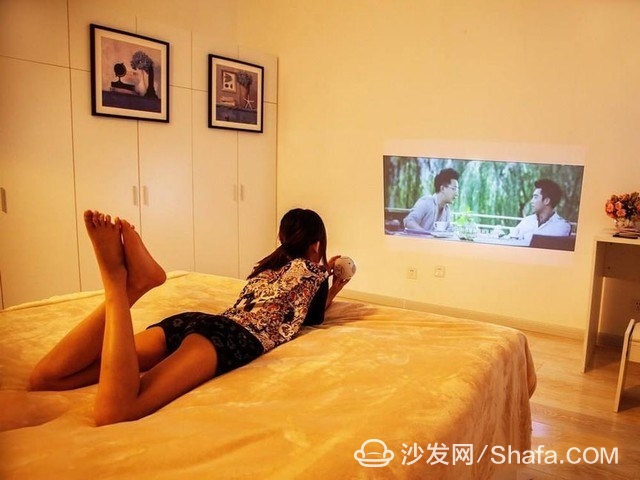
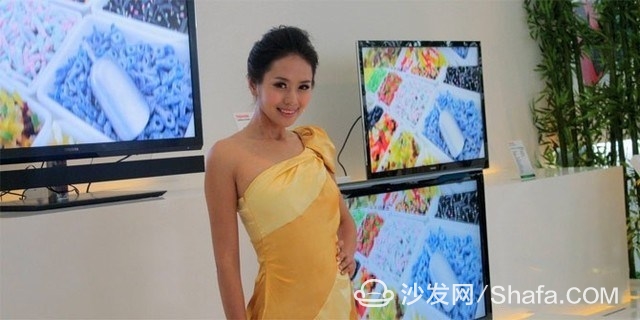
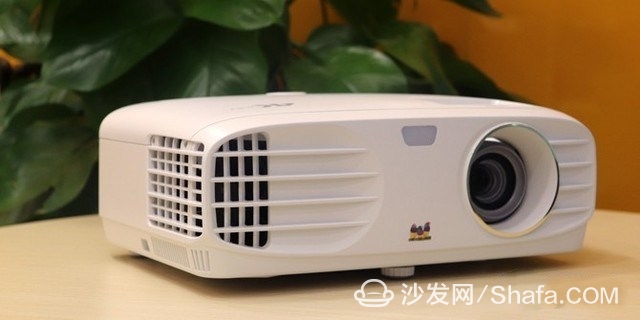

How big is the first 80 inches is the critical point of the home market?
China's panel industry has grown significantly and is now the largest in the world. This growth leads to lower panel prices and larger screen sizes. As a result, LCD TVs are constantly being upgraded according to industry standards. Expanding screen sizes is more about scaling up production lines rather than major technological breakthroughs, so the technical challenges aren't as high as other display technologies like OLED.
In fact, 32-inch and 70-inch LCD panels differ mainly in the size of the substrate used.

LCD TVs and projection screen sizes are growing
At the same time, projectors are also evolving and entering the home market. LED projectors are becoming brighter, and by 2018, 1000-lumen projectors were available for under 4,000 yuan. In just a couple of years, ultra-compact LED pico projectors with similar brightness could cost around 3,000 yuan. These can easily project a 70 to 80-inch image at night, making large-screen viewing more accessible.

Projection upgrades raise people’s demand for large screens
So, whether you're looking at LCD TVs or pico projectors, the trend toward larger screens is clear. For under 3,000 yuan, why wouldn’t people go for a bigger size? Some argue that Chinese living rooms aren’t large enough, so bigger screens aren’t a top priority. Is this true?
I believe 80 inches is the key threshold in the home market. Most families can comfortably accept a 70- to 80-inch screen, but 100- to 120-inch models would require more effort to adopt.
For LCD TVs, a 100-inch model is not only harder to install and transport but also consumes more power.

100-inch flat panel display device is not suitable for ordinary families
For projectors, a 100-inch screen requires higher brightness—ideally over 1500 ANSI lumens. Current LED micro projectors haven’t reached that level yet. Traditional or laser-based projectors can achieve the needed brightness, but they’re bulky, hard to place, and have shorter light source lifespans. Laser projectors are also large and expensive, making them impractical for mass adoption.

Traditional projectors are bright enough but too large and light source life is a problem
Overall, 70 to 80 inches seems to be the practical limit for most home setups. Larger screens may cater to a niche, high-end market where specific users need them. However, products above 80 inches still face limitations in both LCD and projector technologies, which makes them less mainstream.
Smart TV/box information can focus on smart TV information network sofa butler (http://), China's influential TV box and smart TV website, providing information, communication, TV boxes, smart TVs, smart TV software, etc. Answering questions.Fiber Optic Components,Parts Of Fiber Optic Cable,Fibre Optic Connector,Parts Of Optical Fiber
Cixi Dani Plastic Products Co.,Ltd , https://www.danifiberoptic.com